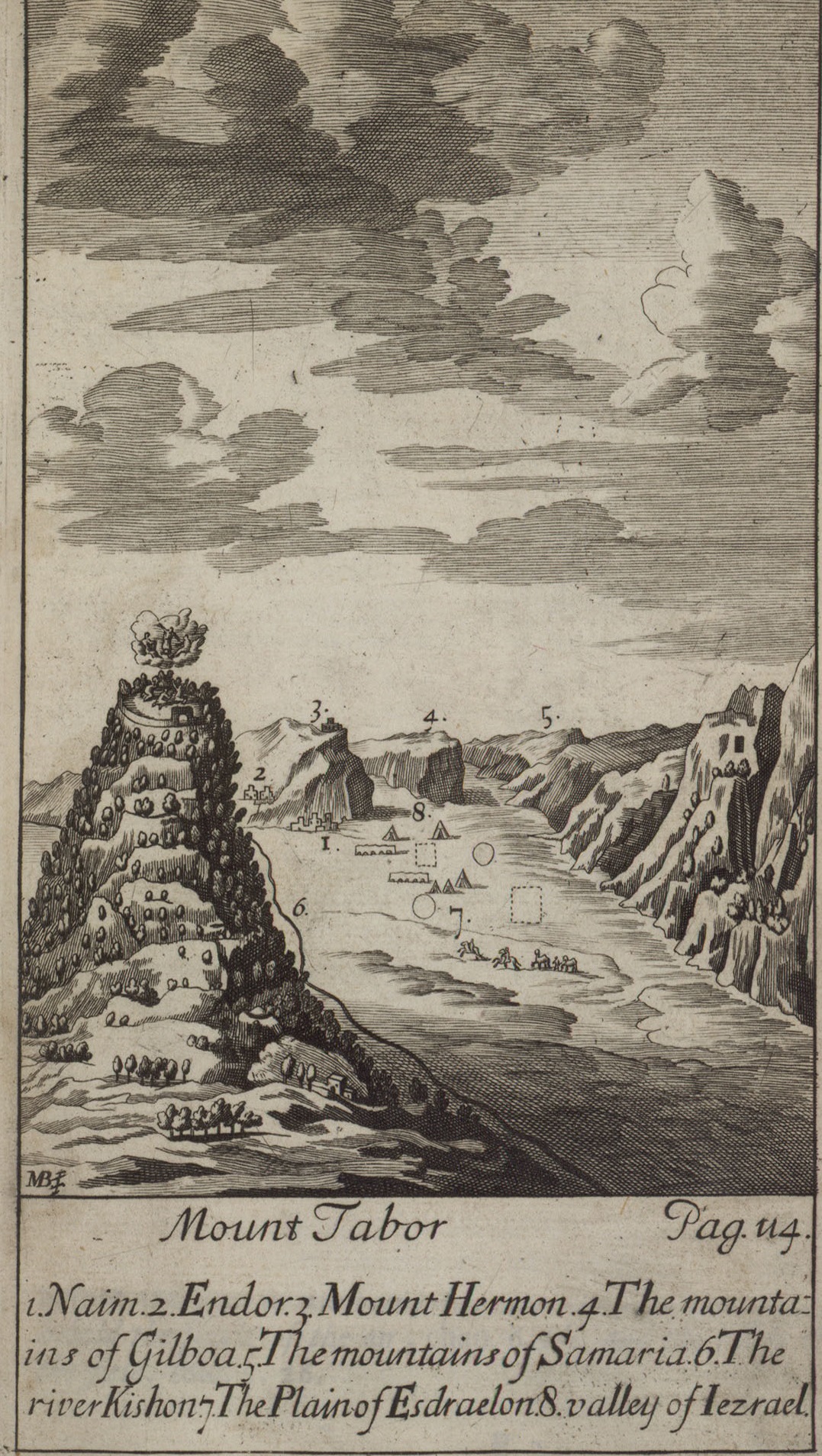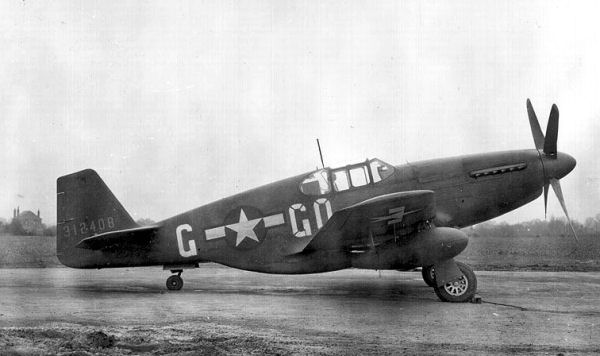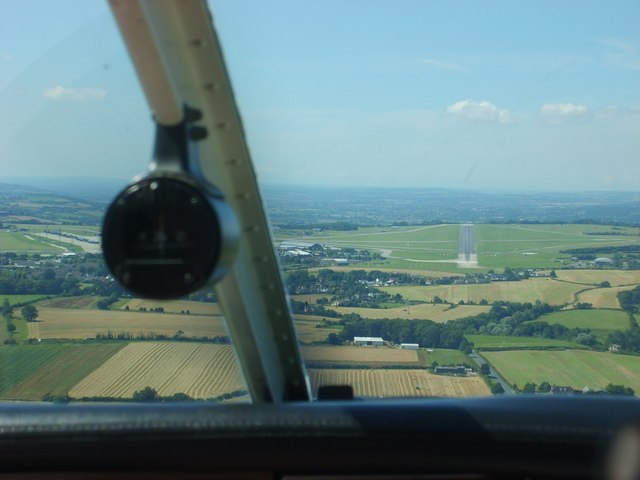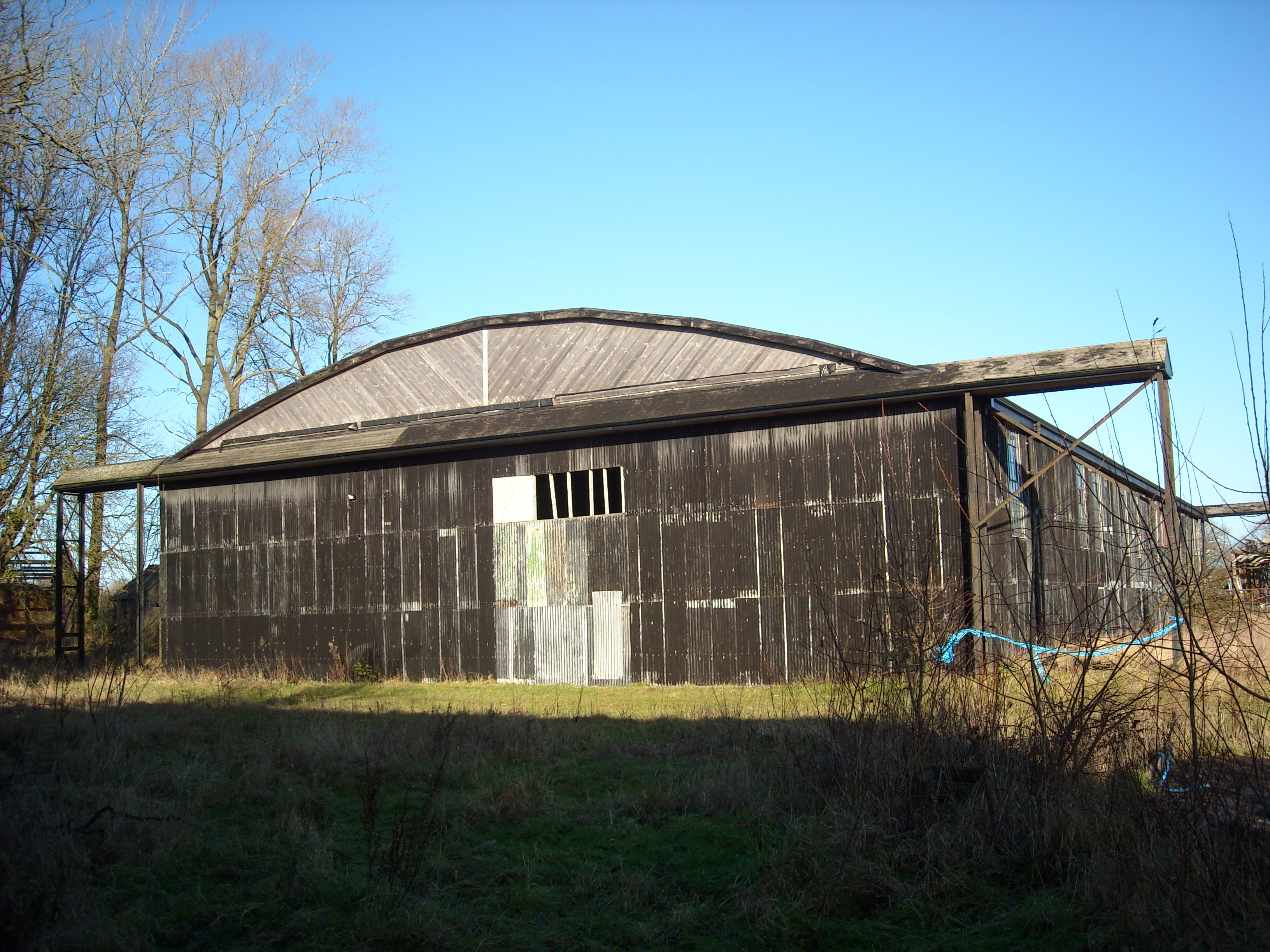|
Compton Bassett
Compton Bassett is a village and rural civil parish in Wiltshire, England, with a population of approximately 250. The village lies about north of Cherhill and east of the town of Calne. Parish church The Church of England parish church of St Swithin, in the southwest of the village, is from the late 12th century, when it belonged to Bicester priory. Work from the 12th and 13th centuries survives in the nave while the tower and clerestory are from the 15th. The finely-carved stone screen is also 15th-century and is described by Pevsner as "what remains in one's memory". In 1865 Henry Woodyer added the north porch and rebuilt the chancel with its side-chapels; the east window by Hardman is from the same time. The church was designated as Grade I listed in 1960. Today it forms part of the Oldbury Benefice, a group of five rural parishes. The rectory built c. 1840 was sold in 1968. Midge Mather incident In 1997, Compton Bassett church gained notoriety when a local resid ... [...More Info...] [...Related Items...] OR: [Wikipedia] [Google] [Baidu] |
Wiltshire Council
Wiltshire Council is a council for the unitary authority of Wiltshire (excluding the separate unitary authority of Swindon) in South West England, created in 2009. It is the successor authority to Wiltshire County Council (1889–2009) and the four district councils of Kennet, North Wiltshire, Salisbury, and West Wiltshire, all of which were created in 1974 and abolished in 2009. Establishment of the unitary authority The ceremonial county of Wiltshire consists of two unitary authority areas, Wiltshire and Swindon, administered respectively by Wiltshire Council and Swindon Borough Council. Before 2009, Wiltshire was administered as a non-metropolitan county by Wiltshire County Council, with four districts, Kennet, North Wiltshire, Salisbury, and West Wiltshire. Swindon, in the north of the county, had been a separate unitary authority since 1997, and on 5 December 2007 the Government announced that the rest of Wiltshire would move to unitary status. This was later put in ... [...More Info...] [...Related Items...] OR: [Wikipedia] [Google] [Baidu] |
John Marvyn
Sir John Marvyn (by 1503 – 18 June 1566), of Fonthill Gifford, Wiltshire, was an English politician. He was the son of John Marvyn, head of a family which had been settled at Fonthill Gifford for generations, and Elizabeth Green. By his first wife Jane, daughter of Phillip Baskerville of Sherborne, and widow of William Peverell of Bradford Peverell, he had thirteen children, including Sir James Marvyn and Elizabeth, who married John Ryves of Damory Court, Dorset and had several distinguished sons. He married secondly Elizabeth Mompessson, daughter of John Mompessson of Bathampton, and widow of Richard Perkins. He was a Member (MP) of the Parliament of England for Wiltshire in April 1554 and for Calne in November 1554. He served three times as High Sheriff of Wiltshire. He received a knighthood, possibly an indication that he was unsympathetic to the Protestant Reformation, and thus likely to be favoured by Queen Mary I. From 1547 on he engaged in a bitter feud with Sir Thomas ... [...More Info...] [...Related Items...] OR: [Wikipedia] [Google] [Baidu] |
Sir Norman Foster
''Sir'' is a formal honorific address in English for men, derived from Sire in the High Middle Ages. Both are derived from the old French "Sieur" (Lord), brought to England by the French-speaking Normans, and which now exist in French only as part of "Monsieur", with the equivalent "My Lord" in English. Traditionally, as governed by law and custom, Sir is used for men titled as knights, often as members of orders of chivalry, as well as later applied to baronets and other offices. As the female equivalent for knighthood is damehood, the female equivalent term is typically Dame. The wife of a knight or baronet tends to be addressed as Lady, although a few exceptions and interchanges of these uses exist. Additionally, since the late modern period, Sir has been used as a respectful way to address a man of superior social status or military rank. Equivalent terms of address for women are Madam (shortened to Ma'am), in addition to social honorifics such as Mrs, Ms or Miss. Etymol ... [...More Info...] [...Related Items...] OR: [Wikipedia] [Google] [Baidu] |
Victoria Cross
The Victoria Cross (VC) is the highest and most prestigious award of the British honours system. It is awarded for valour "in the presence of the enemy" to members of the British Armed Forces and may be awarded posthumously. It was previously awarded by countries of the Commonwealth of Nations, most of which have established their own honours systems and no longer recommend British honours. It may be awarded to a person of any military rank in any service and to civilians under military command. No civilian has received the award since 1879. Since the first awards were presented by Queen Victoria in 1857, two-thirds of all awards have been personally presented by the British monarch. The investitures are usually held at Buckingham Palace. The VC was introduced on 29 January 1856 by Queen Victoria to honour acts of valour during the Crimean War. Since then, the medal has been awarded 1,358 times to 1,355 individual recipients. Only 15 medals, of which 11 to members of the Britis ... [...More Info...] [...Related Items...] OR: [Wikipedia] [Google] [Baidu] |
Clement Walker Heneage
Clement Walker Heneage, VC (6 March 1831 – 9 December 1901) was a British Army officer and a recipient of the Victoria Cross, the highest award for gallantry in the face of the enemy that can be awarded to British and Commonwealth forces. In later life he was a justice of the peace and High Sheriff of Wiltshire. Early life Heneage was born in 1831, the eldest son of George Heneage Walker Heneage, the Member of Parliament for Devizes from 1838 to 1857. Army career In August 1851, by purchase, Heneage was commissioned as a Cornet into the 8th Light Dragoons and on 3 September 1854 was promoted to Lieutenant. He was soon serving in the Crimean War and was present at many engagements of that campaign, including the battles of Alma, Balaclava, Inkerman, Tchernaïa, and the Siege of Sevastopol. He rode in the Charge of the Light Brigade at the Battle of Balaclava. In May 1857, he was promoted to Captain. At the end of the Crimean War, Heneage proceeded to India with his ... [...More Info...] [...Related Items...] OR: [Wikipedia] [Google] [Baidu] |
Henry Maundrell
Henry Maundrell (1665–1701) was an academic at Oxford University and later a Church of England clergyman, who served from 20 December 1695 as chaplain to the Levant Company in Syria. His ''Journey from Aleppo to Jerusalem at Easter A.D. 1697'' (Oxford, 1703), which had its origins in the diary he carried with him on his Easter pilgrimage to Jerusalem in 1697, has become an often reprinted "minor travel classic." It was included in compilations of travel accounts from the mid-18th century, and was translated into three additional languages: French (1705), Dutch (1717) and German (1792). By 1749, the seventh edition was printed. Life Maundrell was born at Compton Bassett, near Calne, Wiltshire, in 1665. He attended Exeter College, Oxford, from 1682 and obtained his BA and then in 1688, his MA; at his graduation he was appointed a Fellow of the college, where he would remain until 1689. He accepted a curacy at Brompton, Kent, 1689–95, he was ordained priest by the Bishop of ... [...More Info...] [...Related Items...] OR: [Wikipedia] [Google] [Baidu] |
National School (England And Wales)
A National school was a school founded in 19th century England and Wales by the National Society for Promoting Religious Education. These schools provided elementary education, in accordance with the teaching of the Church of England, to the children of the poor. Together with the less numerous British schools of the British and Foreign School Society, they provided the first near-universal system of elementary education in England and Wales. The schools were eventually absorbed into the state system, either as fully state-run schools or as faith schools funded by the state. History Prior to 1800, education for poorer children was limited to isolated charity schools. In 1808 the Royal Lancastrian Society (later the British and Foreign School Society) was created to promote schools using the Monitorial System of Joseph Lancaster. The National Society was set up in 1811 to establish similar schools using the system of Dr Andrew Bell, but based on the teachings of the Church of ... [...More Info...] [...Related Items...] OR: [Wikipedia] [Google] [Baidu] |
Lower Compton
RAF Compton Basset was an RAF station Wiltshire, England, about east of the town of Calne. First opened as an RAF station in 1940 and used for radar training, it had no airfield. The site is often confused with RAF Yatesbury that was constructed partly within the parish of Compton Bassett in 1916. During the Second World War, RAF Yatesbury and RAF Compton Bassett were major Radio and Radar Training Schools, RAF Townsend a satellite landing ground and RAF Cherhill was No 27 Group Headquarters Technical Training Command. After the war it became a trade training camp for certain ground Signals trades. Many thousands of newly recruited RAF personnel, most having just completed their 8 weeks basic training, were taught their RAF trade skills at RAF Compton Bassett, so as to become competent Radar Operators PPI, Wireless Operators, Teleprinter Operators, Telegraphists or Telephonists before being posted to work at RAF operational stations and airfields elsewhere in the United Kingdo ... [...More Info...] [...Related Items...] OR: [Wikipedia] [Google] [Baidu] |
RAF Greenham Common
Royal Air Force Greenham Common or RAF Greenham Common is a former Royal Air Force station in the civil parishes of Greenham and Thatcham in the English county of Berkshire. The airfield was southeast of Newbury, about west of London. Opened in 1942, it was used by the United States Air Force during the Second World War and during the Cold War, and later as a base for nuclear weapons. After the Cold War ended, it was closed in September 1992. The airfield was also known for the Greenham Common Women's Peace Camp held outside its gates in the 1980s in protest against the stationing of cruise missiles on the base. In 1997 Greenham Common was designated as public parkland. History Second World War The Greenham Lodge Estate, which was set in the midst on Greenham Common, was requisitioned by the Air Ministry in 1941. The first arrival was the U.S. Army Air Forces (USAAF) 51st Troop Carrier Wing Headquarters, arriving in September 1942. The 51st TCW controlled the three troop c ... [...More Info...] [...Related Items...] OR: [Wikipedia] [Google] [Baidu] |
RAF Fairford
Royal Air Force Fairford or more simply RAF Fairford is a Royal Air Force (RAF) station in Gloucestershire, England which is currently a standby airfield and therefore not in everyday use. Its most prominent use in recent years has been as an airfield for United States Air Force B-52s during the 2003 Iraq War, Operation Allied Force in 1999, and the first Gulf War in 1991. It is the US Air Force's only European airfield for heavy bombers. RAF Fairford was the only TransOceanic Abort Landing site for NASA's Space Shuttle in the UK. As well as having a sufficiently long runway for a shuttle landing (the runway is long), it also had NASA-trained fire and medical crews stationed on the airfield. The runway is rated with an unrestricted load-bearing capacity, meaning that it can support any aircraft with any type of load. RAF Fairford is also the home of the Royal International Air Tattoo (RIAT), an annual air display. RIAT is one of the largest airshows in the world, with the 2 ... [...More Info...] [...Related Items...] OR: [Wikipedia] [Google] [Baidu] |
RAF Lyneham
Royal Air Force Lyneham otherwise known as RAF Lyneham was a Royal Air Force station located northeast of Chippenham, Wiltshire, and southwest of Swindon, Wiltshire, England. The station was the home of all the Lockheed C-130 Hercules transport aircraft of the Royal Air Force (RAF) before they were relocated to RAF Brize Norton. RAF Lyneham was the Royal Air Force's principal transport hub, operating the modern Lockheed Martin C-130J Hercules, and the ageing, but very adaptable, Lockheed C-130K Hercules. The airfield was designated as a Master Diversion Airfield: it was one of the primary airfields to which aircraft could divert in the eventuality of their home bases being closed due to weather, or other unforeseen events such as aircraft crashes. The airfield became renowned for being the "gateway" between the United Kingdom and Afghanistan; the station was also where repatriation of British personnel killed in Iraq and Afghanistan took place. The bodies were transported thr ... [...More Info...] [...Related Items...] OR: [Wikipedia] [Google] [Baidu] |
RAF Yatesbury
RAF Yatesbury is a former Royal Air Force airfield near the village of Yatesbury, Wiltshire, England, about east of the town of Calne. It was an important training establishment in the First and Second World Wars, and until its closure in 1965. For a time in the 1950s, part of the site became RAF Cherhill. First World War The Royal Flying Corps began pilot training at Yatesbury in 1916. Formations included No. 99 Squadron RAF, No. 99 Squadron, and No. 7 Squadron RAAF, No. 7 and No. 8 Squadron RAAF, No. 8 squadrons of the Australian Flying Corps. The aerodrome's site was farmland on the north side of the A4 road (England), A4 road, south of Yatesbury village. There were two airfields, East Camp and West Camp, each with buildings and hangars. Two target areas were marked out. Training continued until 1919, then squadrons were sent to Yatesbury to be disbanded. The station closed in 1920 and returned to farmland. The following units were here at some date before th ... [...More Info...] [...Related Items...] OR: [Wikipedia] [Google] [Baidu] |







